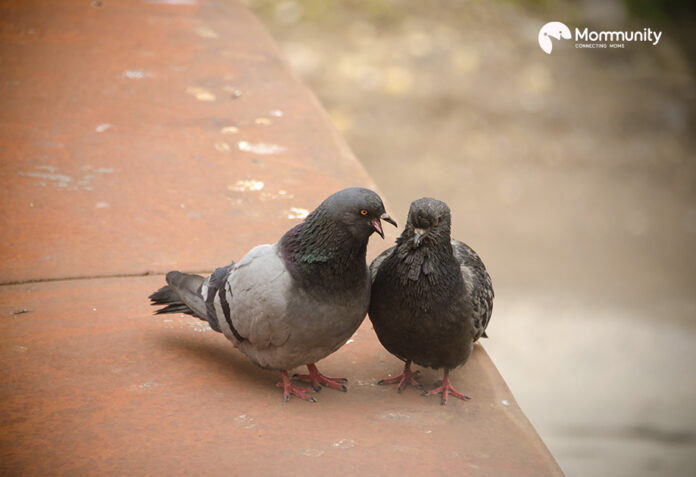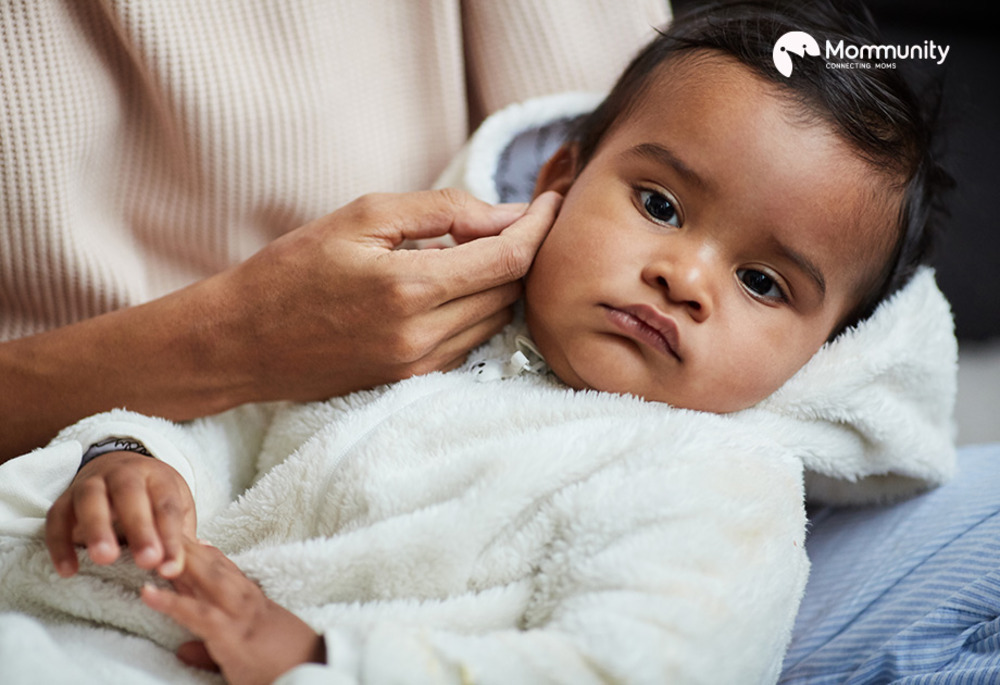Who could have thought these head-nodding feathered beings could lead someone to gasp for air? We gave them our balconies, courtyards, rooftops, AC vents, and what not, but what came back our way, Suffocation? Well, it’s not like they can do anything with their tiny talons; it’s their feather and poop we are talking about.
Recent and many other studies have revealed that pigeon feathers and droppings can lead to chronic lung diseases. While pigeons are often seen as symbols of peace in Western cultures, recent studies in India suggest they may pose a significant health risk, particularly for lung health.
This article explores the scientific evidence linking pigeons to respiratory problems and offers practical advice for minimizing exposure.
Pigeons and Lung Disease: A Scientific Look
The link between pigeon exposure and lung issues is not a new discovery. Studies have documented the dangers of inhaling pigeon droppings and feathers for decades. A recent case study published in the Times of India highlighted the experience of an 11-year-old boy who developed HP after prolonged exposure to pigeon feathers and droppings in his home. The boy’s condition required immediate medical intervention due to severe lung inflammation.
Hypersensitivity Pneumonitis (HP)
HP is an immune-mediated lung disease triggered by repeated inhalation of organic antigens, such as those found in bird droppings and feathers. When a susceptible individual inhales these antigens, their immune system overreacts, causing inflammation in the lungs.
Symptoms of HP can range from mild (cough, shortness of breath) to severe (fever, fatigue, weight loss). In chronic cases, HP can lead to irreversible lung scarring (fibrosis), which significantly reduces lung function.
Fungal Threat: Histoplasma capsulatum
A specific fungus commonly found in pigeon droppings, Histoplasma capsulatum, is a major culprit behind HP linked to pigeon exposure. When pigeon droppings dry and become airborne, these fungal spores can be easily inhaled, reaching the lungs and causing inflammation.
While histoplasmosis, the infection caused by Histoplasma capsulatum, often presents with mild flu-like symptoms in healthy individuals, those with compromised immune systems or prolonged exposure are at greater risk of developing severe lung infections.
Prevalence and Risk Factors
The exact prevalence of HP in India is unknown, but studies suggest it may be a significant concern, particularly in urban areas with large pigeon populations. Children, elderly individuals, and those with weakened immune systems are more susceptible to developing HP from pigeon exposure.
Pigeons and Hypersensitivity Pneumonitis (HP)
The primary health concern associated with pigeons is their role in triggering hypersensitivity pneumonitis (HP), an immune response to inhaled organic particles. Pigeon droppings and feathers contain proteins that some individuals become sensitized to over time. Repeated exposure can lead to an inflammatory response in the lungs, causing a variety of symptoms.
Here’s a breakdown of the condition:
-
Immune Response
When a person inhales pigeon droppings or feathers, their immune system may identify the proteins as harmful and launch an attack.
-
Inflammation
This immune response triggers inflammation in the lungs, damaging lung tissue and hindering oxygen exchange.
-
Symptoms
Common symptoms of HP caused by pigeon exposure include cough, shortness of breath, fatigue, and chest tightness. In severe cases, scarring of the lung tissue (pulmonary fibrosis) can develop.
Research and Case Studies
A 2023 study published in the journal Chest highlighted a concerning rise in HP cases in India, with pigeon exposure identified as a leading cause. The study points to the increasing pigeon population in urban areas and the cultural practice of feeding pigeons as contributing factors.
A case study published by The Times of India in 2024 described an 11-year-old boy who developed severe respiratory distress due to HP after prolonged exposure to pigeon droppings and feathers in his home. This case emphasizes the potential dangers of pigeon exposure, especially for children.
Mumbai: A Case Study
Mumbai, India, offers a stark example of the potential dangers posed by pigeon populations. Doctors in the city have reported a fivefold increase in HP cases in recent years, attributing it directly to the city’s booming pigeon population. The easy availability of food sources, coupled with cultural practices of feeding pigeons, has contributed to this surge.
Who is Most at Risk?
While anyone can develop HP from pigeon exposure, certain individuals are at higher risk:
-
People with frequent exposure
Those who live or work in close proximity to pigeons, such as residents of buildings with pigeon infestations or workers in pigeon-occupied areas, are more likely to develop HP.
-
Children
Children’s respiratory systems are still developing and may be more susceptible to damage from inhaled irritants.
-
Individuals with weakened immune systems
People with compromised immune function, due to illness or medication, may have a heightened risk of developing HP.
Minimizing Pigeon Exposure
If you’re concerned about the health risks associated with pigeons, here are some steps you can take:
-
Discourage pigeons from nesting
Seal any openings in your home’s exterior that could allow pigeons to enter and create nests. Consider using pigeon spikes or netting as deterrents.
-
Avoid feeding pigeons
Feeding pigeons attracts them to your property and increases the risk of exposure. Encourage others in your community to do the same.
-
Maintain a clean environment
Regularly clean balconies, patios, and other areas where pigeons may roost to remove droppings and feathers. Wear a mask while cleaning to avoid inhaling dust particles.
-
Be aware of symptoms
If you experience persistent coughing, shortness of breath, or chest tightness, consult a doctor to rule out HP and other respiratory conditions.
Early Diagnosis and Treatment
Early diagnosis of HP is crucial for preventing permanent lung damage. If you suspect you or someone you know may have HP, consult a doctor. Diagnosis typically involves a combination of medical history, chest X-ray, lung function tests, and sometimes blood tests.
Treatment for HP usually involves avoiding further exposure to the trigger (pigeons in this case) and taking medications to reduce inflammation. In severe cases, additional medications or even lung transplantation may be necessary.
Living in Harmony with Pigeons
Pigeons can be beautiful and fascinating creatures, but it’s important to be aware of the health risks associated with them. You can coexist peacefully with these feathered neighbors by taking steps to minimize exposure and maintaining a clean environment. If you have any concerns about your health or suspect HP, consult a doctor for proper diagnosis and treatment.
Remember, knowledge is power. By educating ourselves and taking preventative measures, we can create a healthier environment for ourselves and our communities.
The Final Note
Pigeons, while seemingly harmless, can pose a significant health risk to those exposed to their droppings and feathers. Hypersensitivity pneumonitis (HP) is a serious lung condition that can develop from repeated exposure to pigeon-related allergens. By understanding the risks and taking steps to minimize exposure, you can protect yourself and your loved ones from this potentially debilitating illness.
Do you have any questions or concerns about pigeon-related health risks? Share them in the comments section below. Let’s work together to raise awareness and keep our communities healthy.
Frequently Asked Questions (FAQ)
Q: Can pigeon droppings transmit other diseases?
A: Yes, pigeon droppings can transmit other diseases in addition to HP. These diseases can be caused by bacteria, viruses, and fungi that thrive in the droppings. Here are some of the most common concerns:
- Salmonella and E. coli
These bacteria can cause gastrointestinal illness if ingested, typically through contaminated food or water that has come into contact with pigeon droppings.
- Psittacosis
This bacterial infection, also known as Chlamydiosis, can cause flu-like symptoms and pneumonia. It spreads through inhalation of dried droppings or feather dust.
- Fungal infections
Histoplasmosis and Cryptococcosis are fungal infections that can develop from inhaling spores present in disturbed pigeon droppings. These infections can cause flu-like symptoms and, in severe cases, even central nervous system complications.
Q: What precautions should I take when cleaning pigeon droppings?
A: Cleaning pigeon droppings requires caution to avoid inhaling dust particles. Here’s what to do:
- Wear protective gear
Use gloves, a well-fitting N95 mask, and eye protection to minimize contact with droppings and dust.
- Moisten the droppings first
Wetting the droppings helps prevent dust from becoming airborne. You can use a disinfectant solution or simply water.
- Clean from the outside in
This prevents contaminating clean areas as you clean.
- Dispose of droppings properly
Place the collected droppings in a sealed bag and dispose of it in the trash.
- Wash your hands thoroughly
After removing gloves and other protective gear, wash your hands with soap and warm water for at least 20 seconds.
Q: Should I hire a professional to remove pigeon droppings?
A: If you’re dealing with a large infestation or are uncomfortable cleaning droppings yourself, it’s best to hire a professional pest control service. They have the training and equipment to safely and effectively remove droppings and deter pigeons from returning.




